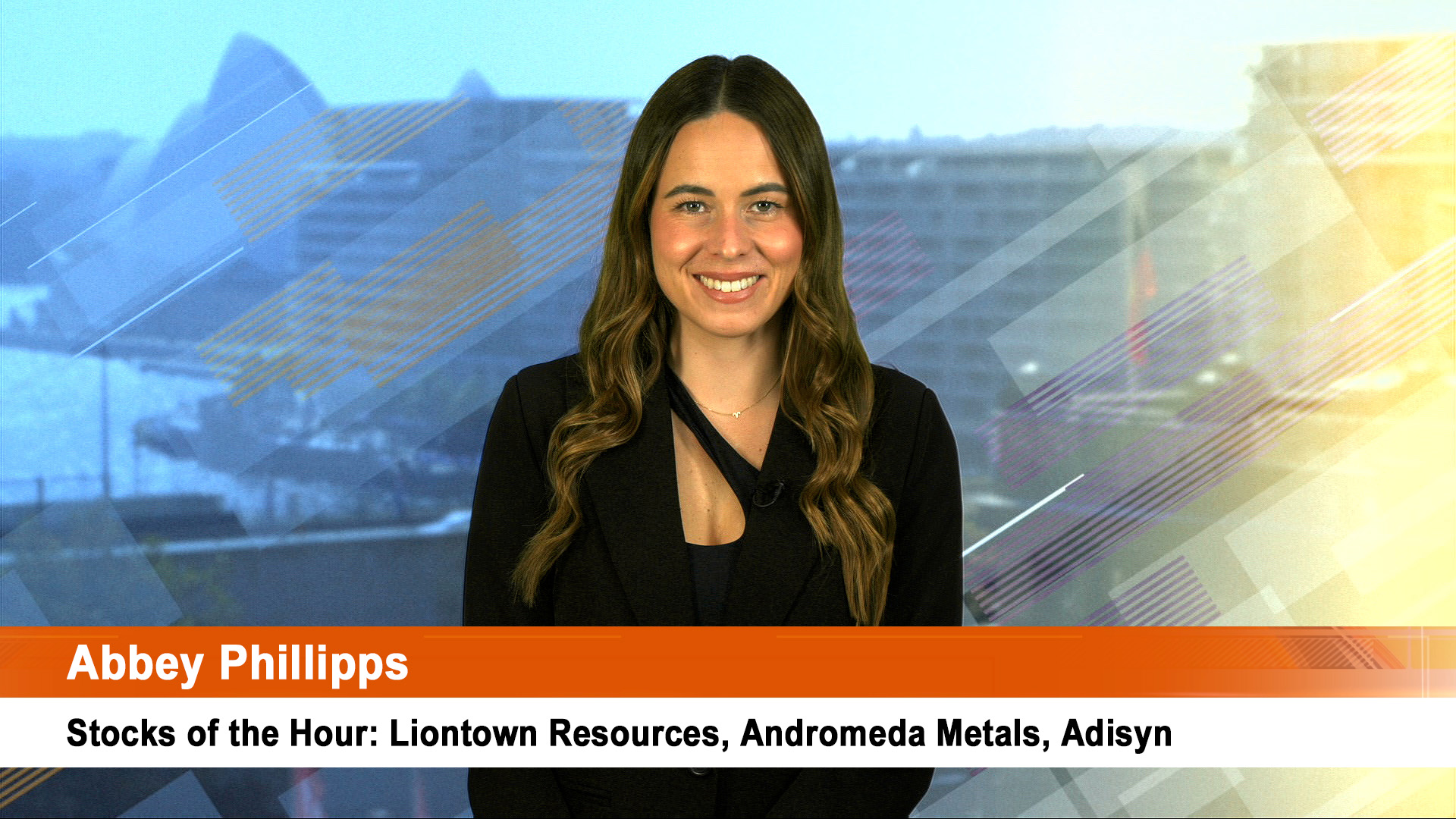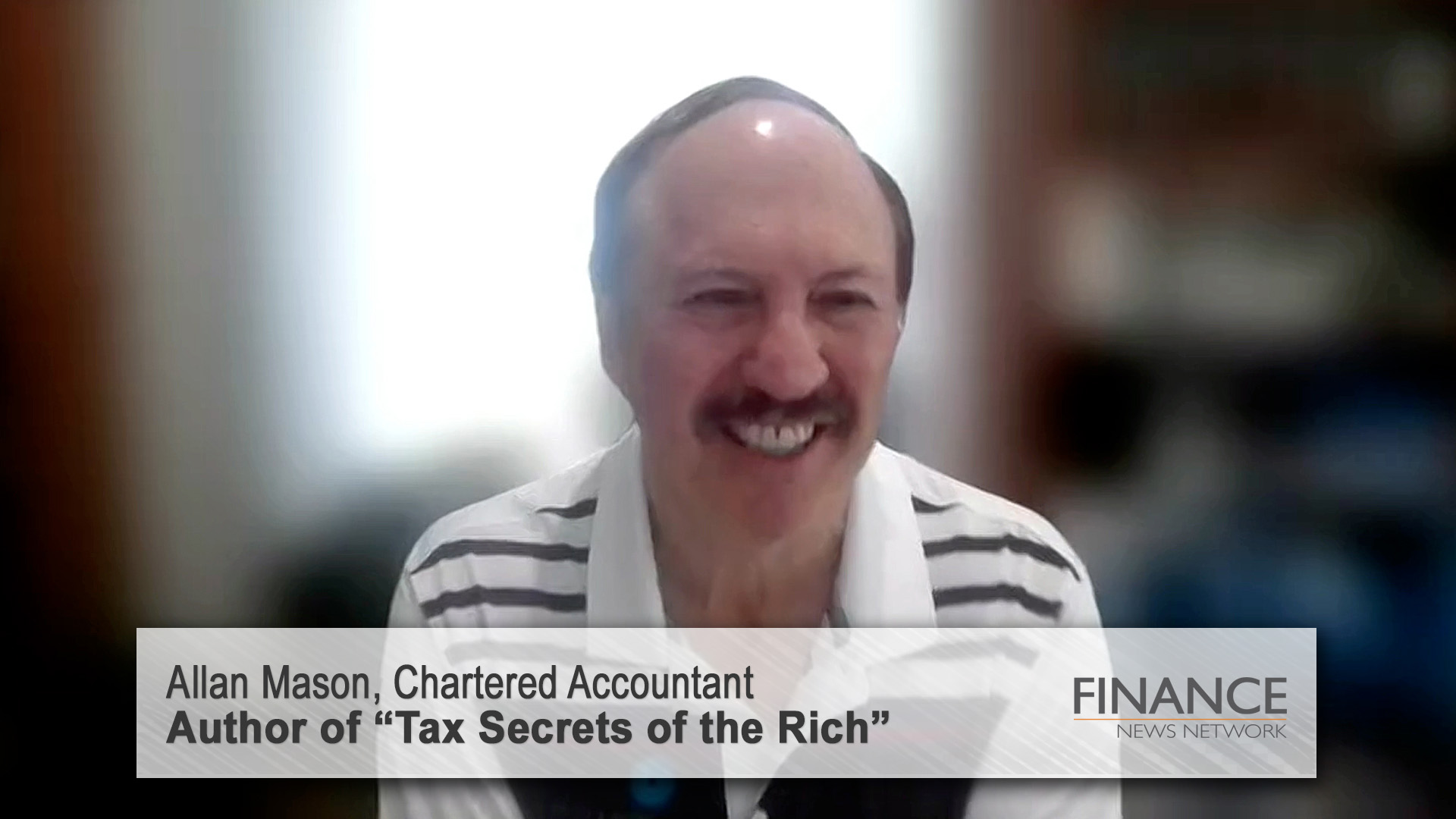Woolworths (WOW) lost 5% in value yesterday as investors well and truly mauled the stock in reaction to a weak sales update, weak strategy update and a feeling the retailer is slipping further behind rival Coles/Wesfarmers and other chains such as Bunnings and Kmart.
Woolies shares slumped more than 5% to a day’s low of $28.10 before ending just above that level at $28.14.
That was after the trading update revealed lower to negligible growth in its core Australian food and liquor business in the third quarter, falling sales in its Big W department store business, a slide in the value of petrol sales (not unexpected) and a less than fulsome set of figures for Master’s hardware business.
At the same time the revamp strategy unveiled yesterday depends heavily on jobs – 400 have gone already, quietly, with another 400 to go from back office and support staff.
There was a feeling that Woolies needs more than just the transferring of cost savings from cutting jobs to financing a price war with Coles. Kmart has streeted well ahead of a floundering Big W.
And Bunnings is making mincemeat of Woolies hardware chain Masters (with US partner Lowes Cos.) with faster and higher levels of growth in the current home building and renovation boom.
WOW vs WES – Woolies Q3 sales dip

Sales were dragged down by negligible same-store growth at its food and liquor arm, including subdued sales in April, and the weak, but not unexpected petrol sales.
As a result of the sharp (19%) fall in petrol sales, Woolworths posted total sales of $14.9 billion, down 1.6% on the previous corresponding period, or a 2.1% drop adjusted for Easter.
For the 13 weeks to 5 April 2015, total Australian food and liquor sales for its 1,240 stores were up 1.7% to $10.62 billion, with same-store sales up just 0.2% – which is hardly worth it. Both figures are adjusted for an extra week in Easter.
Food, liquor and petrol sales fell 3.7% (adjusted for Easter). Same-store petrol sales slumped by 19.3%, Easter adjusted, thanks to lower volumes due to changes in its alliance with Caltex, and the fall in prices compared with the same quarter in 2014.
CEO Grant O’Brien said the petrol division changes came from the terms of its alliance with Caltex Australia Ltd, after which sales from Caltex operated sites were no longer attributed to Woolworths.
Under the revised arrangements, 92 of the Caltex-operated sites were rebranded Star Mart or Star Shop convenience stores while continuing to offer the Woolworths fuel discount redemption. The remaining 39 sites exited the alliance. Together with a 22% fall in fuel sale prices, revenue for the division fell 35% to $A1.18 billion.
Woolworths in February said its full-year profit growth would be as low as 1.8%, and that it would spend at least $500 million to improve its stores and cut its grocery prices.
Some analysts yesterday were wondering if Woolies could report a fall in second half profit if there’s a weak 4th quarter sales performance as well.
Mr O’Brien said yesterday that following disappointing sales in December and January, “April was more subdued and there is still much to do”. And yet retail sales figures yesterday showed a rise of 0.3% in March, seasonally adjusted and 1.5% over the three months.
He told the investor strategy day yesterday that Woolworths was a strong business with plenty of potential, understood the challenges it faced, and knew what it needed to do to address them.
He said Woolworths was “turbo charging its cost-out program” and remained "confident about the outlook for its [hardware] Masters business" but recognised that a turnaround would take time.
But many analysts seem not to be believers. There are quite a few sell recommendations and few buy. It might pay to watch for more sells to appear, and then wonder if changes in senior management might follow.
Former CEO Roger Corbett’s role behind the scenes should not be underestimated.













